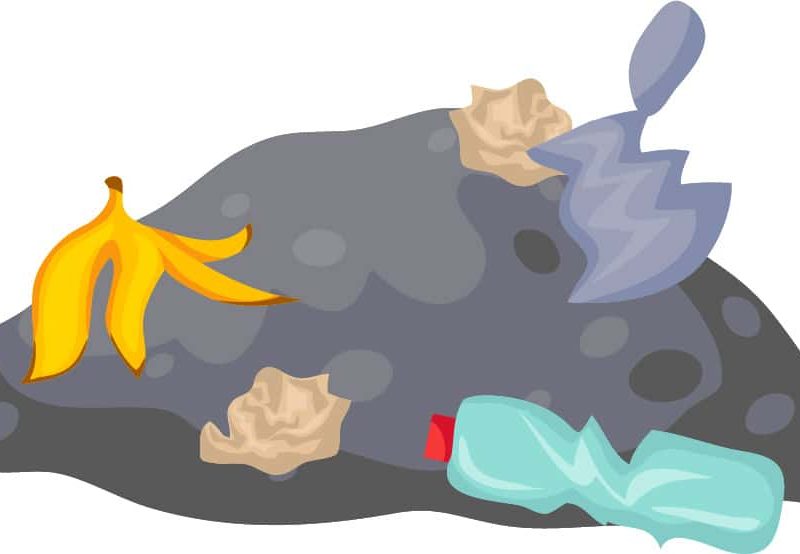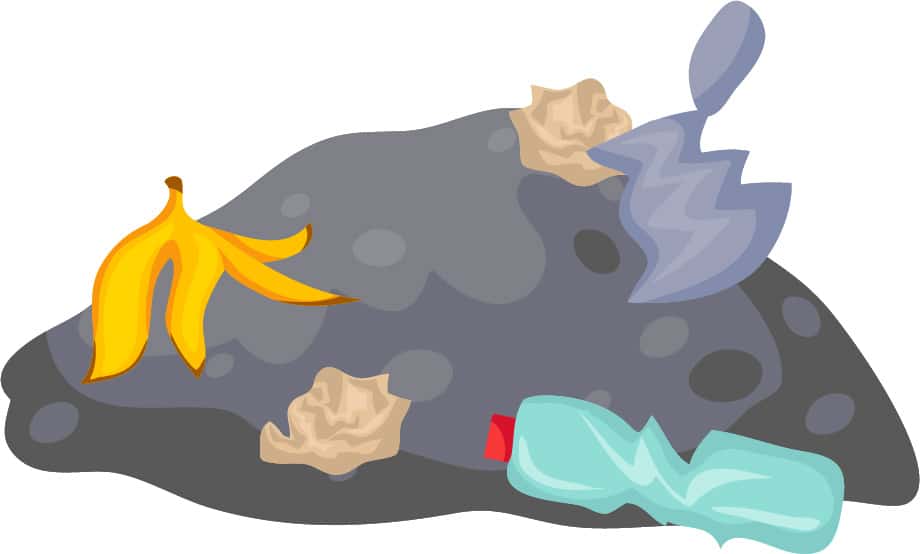Living Healthy in a Toxic Environment — Part III, Food and Fasting

Editor’s Note: In this post, which is Part III in our six-part series focused on how thrive when living in a toxic environment, we offer information about the many benefits of moving away from processed foods and making intermittent fasting a part of your daily routine. If you haven’t had a chance to read Parts I & II, please see: Living Healthy in a Toxic Environment — Part I: Recognizing the Problem and Living Healthy in a Toxic Environment: Part II — Reducing Your Exposure to Environmental Toxins.
You hear a lot about air and water pollution, but our food supply is contaminated, as well. Given the fact that air and water pollution is so extensive, how could our food supply not be contaminated? The most common toxins are those that are intentionally added through the use of pesticides, insecticides, and herbicides on plant-based foods and the use of antibiotics and growth hormones in farm animals. Toxins such mercury also make their way into our oceans, lakes, and streams, resulting in seafood with high levels of this toxic heavy metal. Add to that the toxins from food processing and packaging, and the potential hazards of genetically modified organisms (GMOs), and you begin to realize that the standard American diet (SAD) is anything but natural and healthy.
In addition to what is being added to foods, consider also what is being taken away as modern farming practices deplete the soil of healthy nutrients. Fruits and vegetables grown decades ago were more nutrient rich than those grown today. A study by researchers at the University of Texas (UT) at Austin found “reliable declines” in the amount of protein, calcium, phosphorous, iron, riboflavin (vitamin B2), and vitamin C in 43 different vegetables and fruits based on US Department of Agriculture records from 1950 and 1999. Unfortunately, the goal of modern agriculture is focused more on quantity and appearance and less on nutritional value.
Short of buying a farm and growing your own food, you may be wondering what you can do to compensate for this compromised food supply. We recommend the following:
- Eliminate processed foods. Food processing introduces numerous unhealthy chemicals into the diet, including preservatives, trans fats, sweeteners (especially sugar and high fructose corn syrup), dyes, and artificial flavors. They tend to contain high levels of refined carbohydrates and low levels of nutrients and fibers; hence the name “junk food.” In addition, processed foods boost the appetite for more processed foods, which leads to overeating and weight gain.
- Buy and eat organic, pesticide-free vegetables and fruits. Your diet should consist of quality vegetables and low-sugar fruits, such as berries, grapefruit, and apples. Limit consumption of high-sugar fruits, such as oranges, bananas, mangos, and dried fruits, including raisins. When given a choice, choose organics, which are higher in nutritional value and do not contain the harmful chemicals used in mass-market food production.
- Buy and eat grass-fed protein sources that are free of antibiotics and growth hormones. Eating organic meat and fish is even more important than eating organic vegetables and fruits, because toxins become more concentrated the higher up you eat on the food chain. And when it comes to beef, be aware that your body’s insulin response is greatly exaggerated when consuming and digesting corn-fed beef versus grass-fed and grass-finished beef. (Grass-finished means the animals continue to eat grass after reaching physical maturity, as opposed to shifting the diet to corn during the period when the animals develop exterior and intramuscular fat.)
- Avoid genetically modified organisms (GMOs) as much as possible. While certain GMOs may or may not pose a threat to your health, it is better to be safe than sorry. The food industry is experimenting with GMOs, and we are its guinea pigs.
- Reduce or eliminate your consumption of refined sugar and other sweeteners, including artificial sweeteners. If you cannot live without added sweeteners, use stevia. Sugary drinks, especially those that use high fructose corn syrup as a sugar substitute, are particularly unhealthy, and artificial sweeteners, including Aspartame, Sucralose, and Saccharin, are even worse. Moreover, studies have shown a high correlation between the consumption of refined sugar and certain types of cancer.
- Go gluten-free. Gluten is hazardous for humans. Anyone, including doctors, who does not agree gluten is unhealthy, is not up to date on the latest, most credible research. Simply stated, gluten is a “gateway substance” for a bevy of ever increasing autoimmune diseases, including Hashimoto’s Thyroiditis, and has been shown to contribute to anxiety, dizziness, and even sugar metabolism issues in some people.
Another component of healthy eating is intermittent fasting — not eating for 14 to 18 hours a day. Another way to look at it is that you give yourself a window of six to ten hours to eat. As your insulin levels drop, your body enters into fat burning mode. Over time, you’re likely to experience a better night’s sleep, have more energy, lower your triglyceride level, burn fat, and eventually reduce any sugar craving. For more about intermittent fasting, check out our blog post “Understanding the Benefits of Intermittent Fasting.”
Next up, Part IV in the Living Healthy series — Mindfulness and Meditation — which will publish this Thursday here on the Restoration Healthcare blog.


